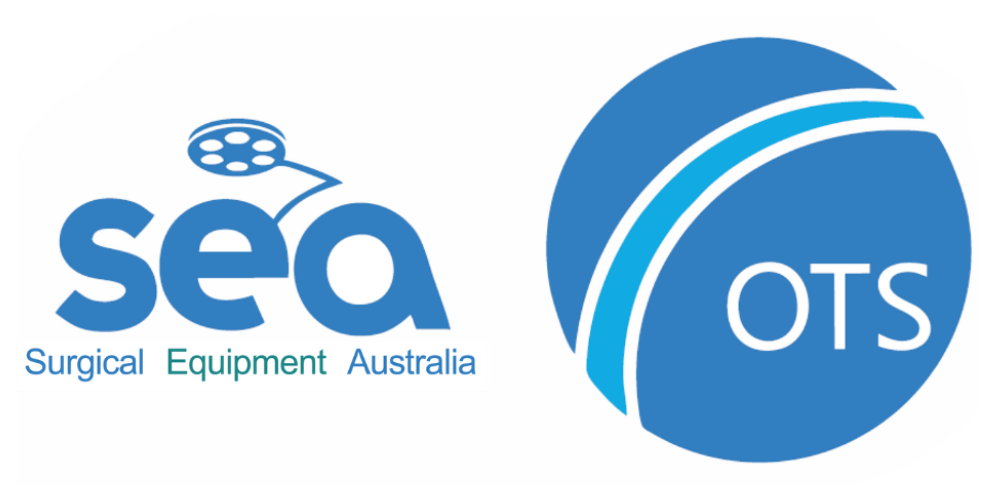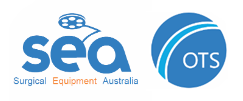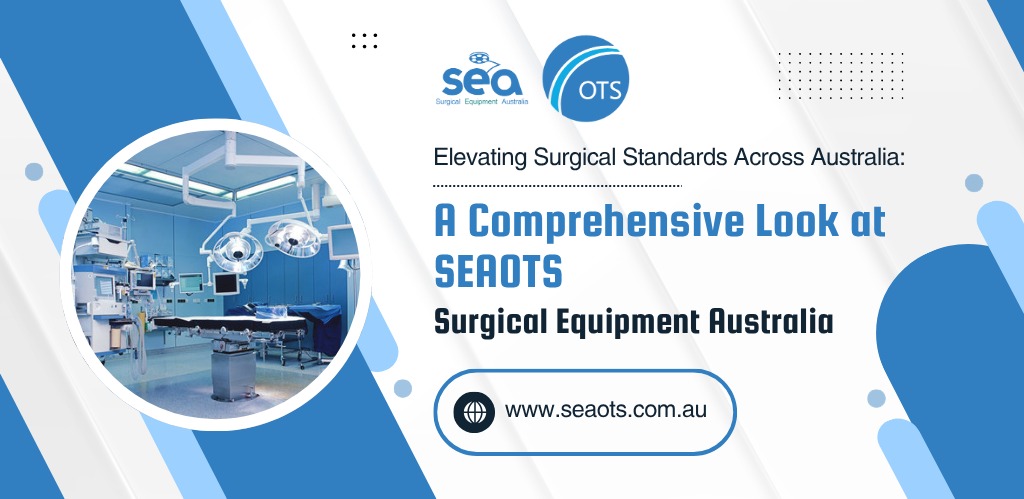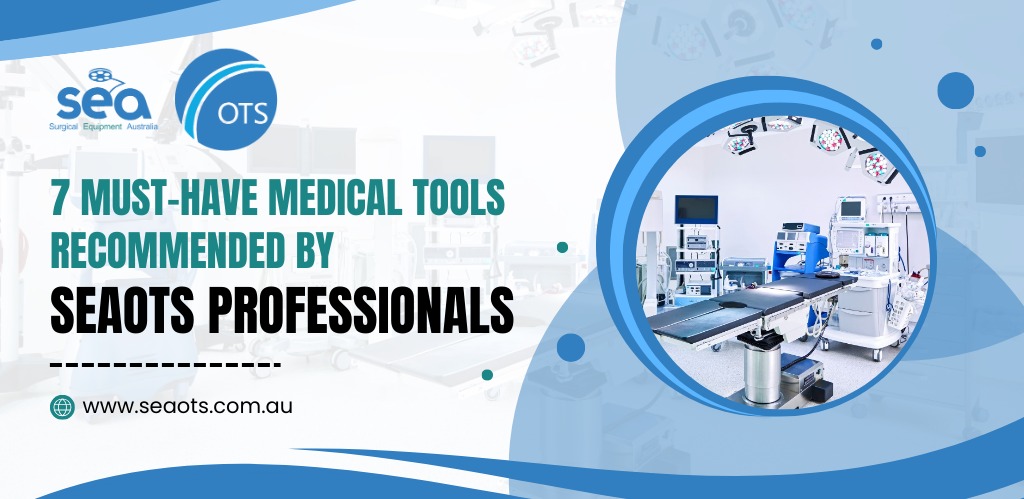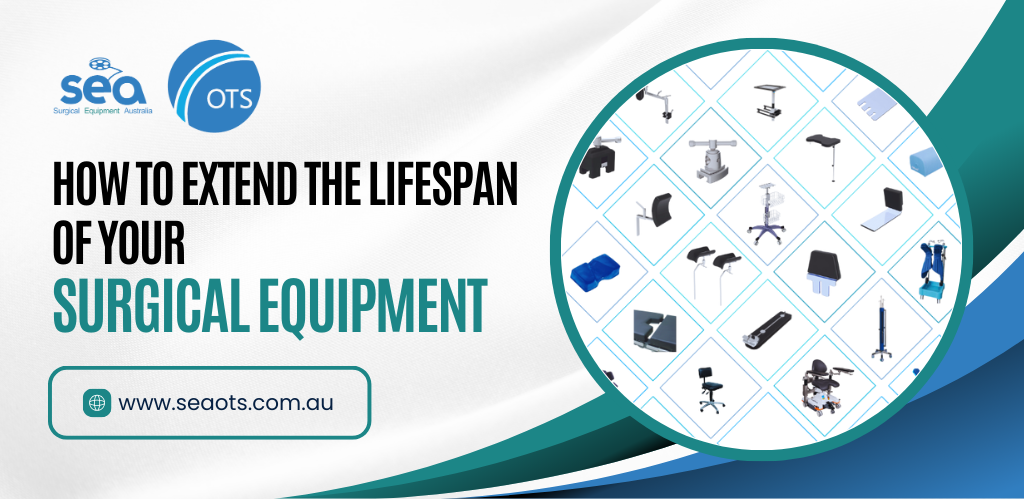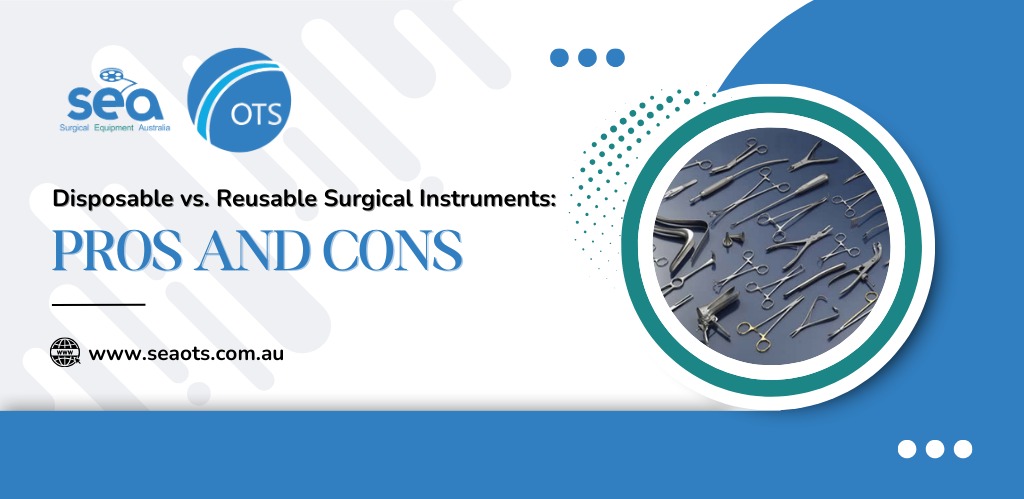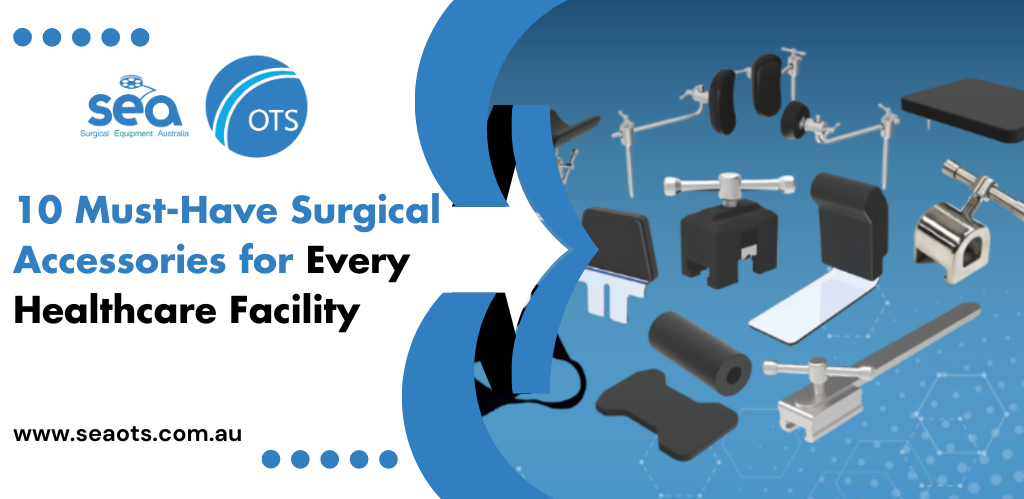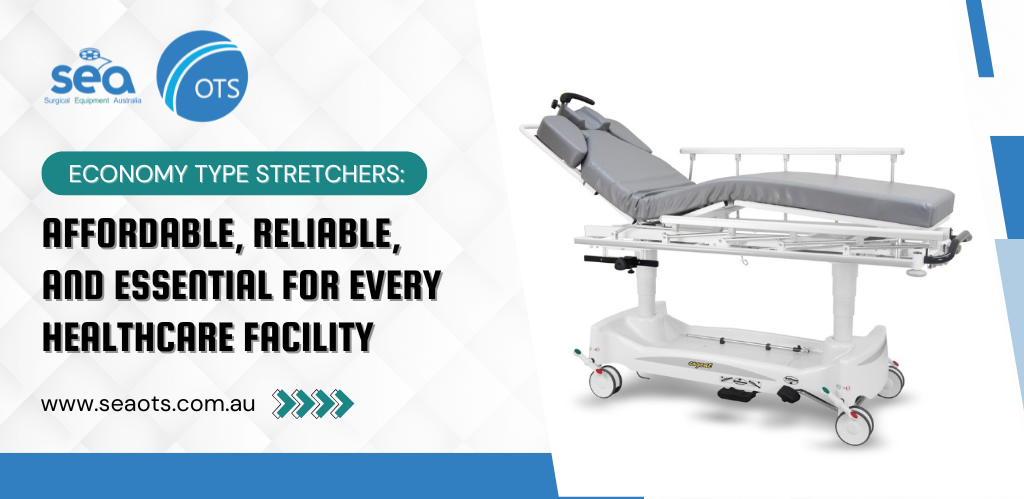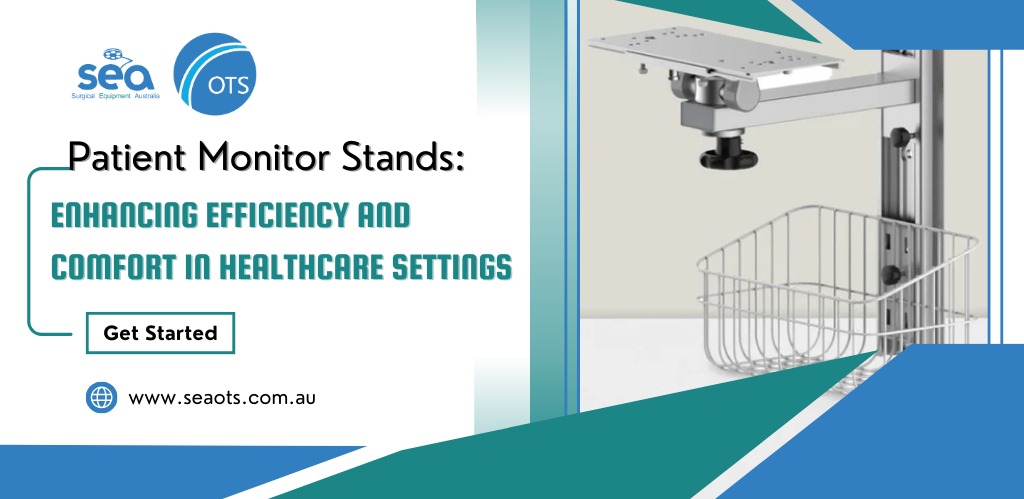Elevating Surgical Standards Across Australia: A Comprehensive Look at SEAOTS – Surgical Equipment Australia
In the realm of modern medicine, precision, efficiency, and technological excellence are the cornerstones of successful healthcare delivery. Nowhere is this truer than in surgical environments, where every second, every instrument, and every movement matters. The demand for high-quality surgical infrastructure has never been more critical. SEAOTS – Surgical Equipment Australia stands at the forefront of this mission, delivering state-of-the-art surgical tables, accessories, and positioning solutions tailored to the needs of Australian healthcare institutions.
As a company that combines innovation, service reliability, and industry insight, SEAOTS provides a holistic approach to surgical care equipment, enabling healthcare professionals to focus on what truly matters—saving lives and improving patient outcomes.
SEAOTS (Surgical Equipment Australia) is a progressive and ambitious medical supply company dedicated to providing premium-quality surgical and medical equipment across the country. With a firm commitment to clinical excellence, SEAOTS has carved out a niche as a preferred partner for hospitals, day surgeries, and clinics seeking dependable, durable, and efficient equipment.
📌 [https://seaots.com.au/about-us/ – About SEAOTS Page]
Learn more about SEAOTS’s mission, values, and company background.
Whether you’re outfitting a new surgical theatre or replacing legacy equipment in an established facility, SEAOTS ensures that each product is fit-for-purpose, medically compliant, and ergonomically designed to enhance workflow and patient care.
The SEAOTS Product Offering: Engineered for Clinical Excellence
SEAOTS specializes in the provision of high-end surgical tables, accessories, and patient positioning devices, all of which are critical to maintaining sterility, ensuring patient safety, and optimizing surgical access. Their product range is continuously updated to align with technological advancements and evolving surgical techniques.
- Surgical Tables: The Foundation of Every Operation
Surgical tables form the centerpiece of every operating theatre, and SEAOTS offers a robust catalogue of tables engineered for versatility, safety, and surgeon comfort.
Key Features Include:
- Motorized and hydraulic table systems
- Modular attachments for multiple specialties
- 360° rotation and height adjustability
- Radiolucent tabletops for imaging compatibility
- Anti-microbial and easy-to-clean surfaces
SEAOTS surgical tables are suitable for a wide variety of procedures including orthopaedics, neurosurgery, cardiothoracic surgery, and gynaecology.
📌 [https://seaots.com.au/surgical-table-accessories/
– Surgical Tables Category Page]
Browse SEAOTS’s full range of surgical tables.
- Surgical Positioning Devices and Accessories
Proper patient positioning is vital for reducing surgical complications and maximizing procedural efficiency. SEAOTS provides ergonomically designed accessories that offer precise control and optimal patient support.
Popular Products Include:
- Gel positioning pads and cushions
- Arm, leg, and head supports
- Lateral positioners and sandbags
- Safety straps and restraint systems
- Anesthesia screens
These products are designed to reduce pressure points, increase patient stability, and assist in correct anatomical alignment.
📌 [https://seaots.com.au/positioning-products/
– Positioning Accessories Page]
Explore SEAOTS’s surgical positioning and support solutions.
- Operating Room Furniture & Support Equipment
To complement surgical setups, SEAOTS offers a wide array of operating room furniture that enhances functionality, cleanliness, and equipment access.
Categories Include:
- Instrument and prep trolleys
- Overhead monitor arms
- Mayo stands and IV poles
- Medical stools and chairs
- Equipment booms and shelves
Each item is selected for its durability, sterilization compatibility, and mobility, ensuring long-term value and minimal maintenance.
📌 [https://seaots.com.au/products/
– Product Categories Overview]
View all medical furniture and surgical support systems.
The SEAOTS Advantage: Why Healthcare Institutions Choose Us
With numerous equipment suppliers in the healthcare marketplace, SEAOTS differentiates itself through a customer-focused approach, product excellence, and nationwide service capability.
- Quality Assurance
SEAOTS products undergo extensive quality inspections and are sourced only from certified, globally reputed manufacturers. Many items comply with CE and ISO standards, ensuring clinical-grade performance and safety.
- Rapid Delivery Across Australia
Thanks to an optimized logistics framework and warehousing strategy, SEAOTS guarantees fast and reliable deliveries across Australia—from metropolitan hospitals in Sydney and Melbourne to remote clinics in Western Australia and the Northern Territory.
📌 [https://seaots.com.au/contact-us/
– Contact Us Page]
Get in touch with SEAOTS for lead times and delivery support.
- Competitive Pricing and Value
SEAOTS offers transparent pricing structures and bulk order discounts, making high-quality surgical equipment accessible even to smaller clinics and specialist practices.
Request a personalized quote for your facility today.
- Dedicated Technical Support
Every SEAOTS client has access to after-sales technical support, including setup assistance, troubleshooting, and maintenance recommendations. This helps extend the lifecycle of your equipment and reduce downtime.
SEAOTS in a Digital Era: Technology and Innovation
As technology continues to transform the medical industry, SEAOTS is investing in smarter, safer, and more adaptable solutions. This includes:
- Integration of IoT-compatible equipment for remote diagnostics
- Use of AI-enhanced positioning aids
- Exploration of robotically assisted surgical equipment components
- Emphasis on sustainable sourcing and recyclable materials
These forward-looking strategies align SEAOTS with the future of surgery and hospital automation.
Ready to Upgrade Your Surgical Facility?
If you are looking to modernize your surgical environment with reliable, ergonomic, and high-performing medical equipment, SEAOTS offers everything you need—from consultation to delivery and aftercare.
Whether your goal is improved workflow, patient safety, or procedural precision, SEAOTS delivers the tools to get you there.
📌 [https://seaots.com.au/contact-us/
– Contact Page]
Contact SEAOTS today for personalized product recommendations.
Final Thoughts: SEAOTS – Empowering Healthcare Through Quality Surgical Equipment
In today’s dynamic medical landscape, having the right surgical tools is not just a necessity—it’s a strategic advantage. SEAOTS stands as Australia’s dependable partner in surgical excellence, offering cutting-edge equipment backed by customer-first service.
From general surgery to highly specialized procedures, SEAOTS empowers clinicians to perform at their best, while ensuring patient care remains safe, comfortable, and efficient.
To discover how SEAOTS can support your clinical goals, visit https://seaots.com.au and take the next step toward transforming your surgical capabilities.
